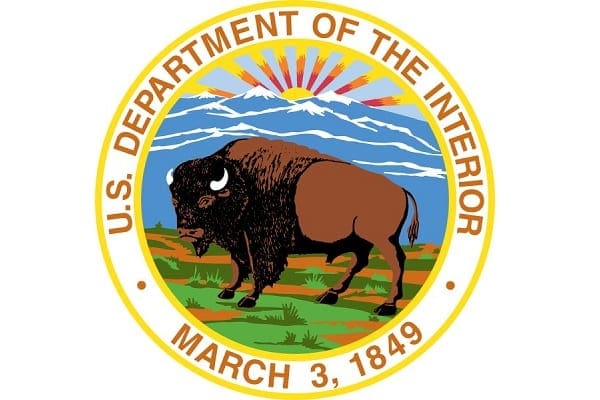Interior Distributes More Than $514 Million to Communities, Supports Critical Local Services

1,900 local governments received Payments in Lieu of Taxes
WASHINGTON – U.S. Secretary of the Interior David L. Bernhardt announced today that more than 1,900 local governments around the country will receive $514.7 million in Payments in Lieu of Taxes (PILT) funding for 2020.
“This year’s distribution of $514.7 million to more than 1,900 counties will help small towns pay for critical needs like emergency response, public safety, public schools, housing, social services, and infrastructure,” said Secretary Bernhardt.
PILT payments are made annually for tax-exempt Federal lands administered by U.S. Department of the Interior (DOI) agencies including the Bureau of Land Management (BLM), the National Park Service (NPS), the U.S. Fish and Wildlife Service (FWS), for lands administered by the U.S. Department of Agriculture’s U.S. Forest Service (USFS); and for Federal water projects and some military installations.
Using a statutory formula, the annual PILT payments to local governments are computed based on the number of acres of Federal land within each county or jurisdiction and on the population of that county or jurisdiction. The lands include the national forest and national park systems; lands in the FWS Refuge System; areas managed by the BLM and U.S. Army Corps of Engineers, respectively; U.S. Bureau of Reclamation water resource development projects; and others.
Since PILT payments began in 1977, DOI has distributed over $9.7 billion dollars to States and the District of Columbia, Puerto Rico, Guam, and the U.S. Virgin Islands.
DOI collects more than $13.2 billion in revenue annually from commercial activities on public lands, such as oil and gas leasing, livestock grazing, and timber harvesting. A portion of these revenues are shared with States and counties. The balance is deposited in the U.S. Treasury, which in turn pays for a broad array of Federal activities, including PILT funding.
Individual county payments may vary from year to year as a result of changes in acreage data, which is updated annually by the Federal agency administering the land; prior-year Federal revenue sharing payments reported annually by the Governor of each State; and population data, which is updated using information from the U.S. Census Bureau.
Federal revenue sharing payments are made to local governments under programs other than PILT during the previous fiscal year, including payments such as those made under the Bankhead-Jones Farm Tenant Act, the Refuge Revenue Sharing Fund, the National Forest Fund, the Taylor Grazing Act, the Mineral Leasing Act, the Federal Power Act, and the Secure Rural Schools and Community Self-Determination Act of 2000, as authorized.
Under the law, local officials retain the authority to allocate these funds. However, as President Donald J. Trump’s Executive Order on “Protecting American Monuments, Memorials, and Statues and Combating Recent Criminal Violence,” highlighted, “[o]ver the last 5 weeks, there has been a sustained assault on the life and property of civilians, law enforcement officers, government property, and revered American monuments such as the Lincoln Memorial.” Much of this destruction is taking place on historic landmarks that populate the very lands that are receiving PILT payments. These symbols of American exceptionalism greatly contribute to the value of the public lands the Department maintains.
Like other monuments and landmarks, these pieces represent unique aspects of our storied history. Their cultural and economic contributions to local residents and institutions is undeniable and should be protected. Consistent with the Executive Order and applicable law, “it is the policy of the United States, to withhold Federal support tied to public spaces from State and local governments that have failed to protect public monuments, memorials, and statues from destruction or vandalism.” Any recipient of funding pursuant to this program agrees they will enforce the rule of law and defend these important public monuments, memorials, and statues.
A full list of funding by State and county is available at www.doi.gov/pilt.
About the U.S. Department of the Interior
The Department of the Interior conserves and manages the Nation’s natural resources and cultural heritage for the benefit and enjoyment of the American people, provides scientific and other information about natural resources and natural hazards to address societal challenges and create opportunities for the American people, and honors the Nation’s trust responsibilities or special commitments to American Indians, Alaska Natives and affiliated island communities to help them prosper.




